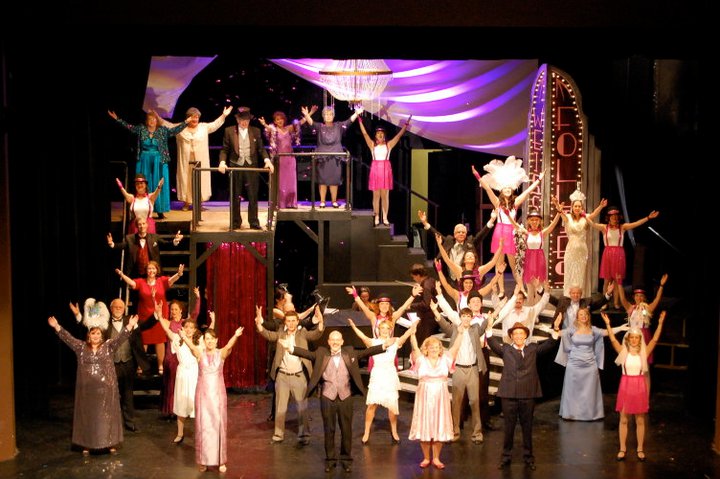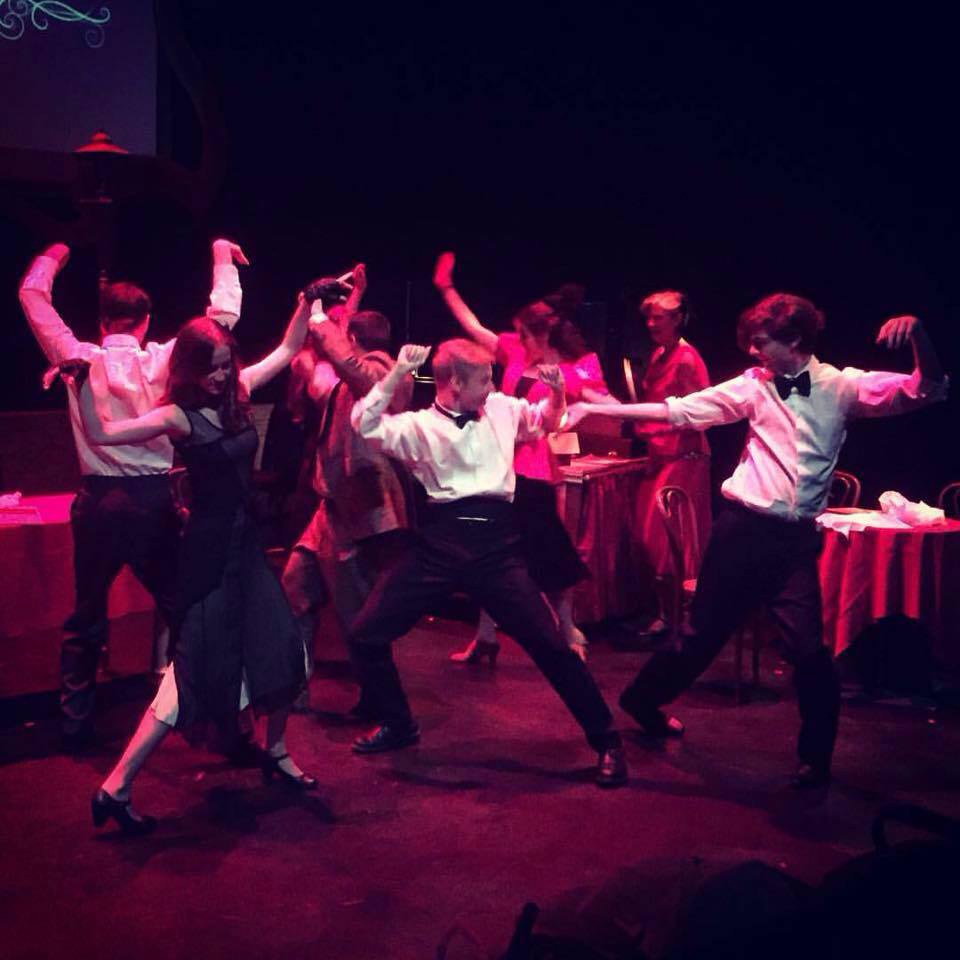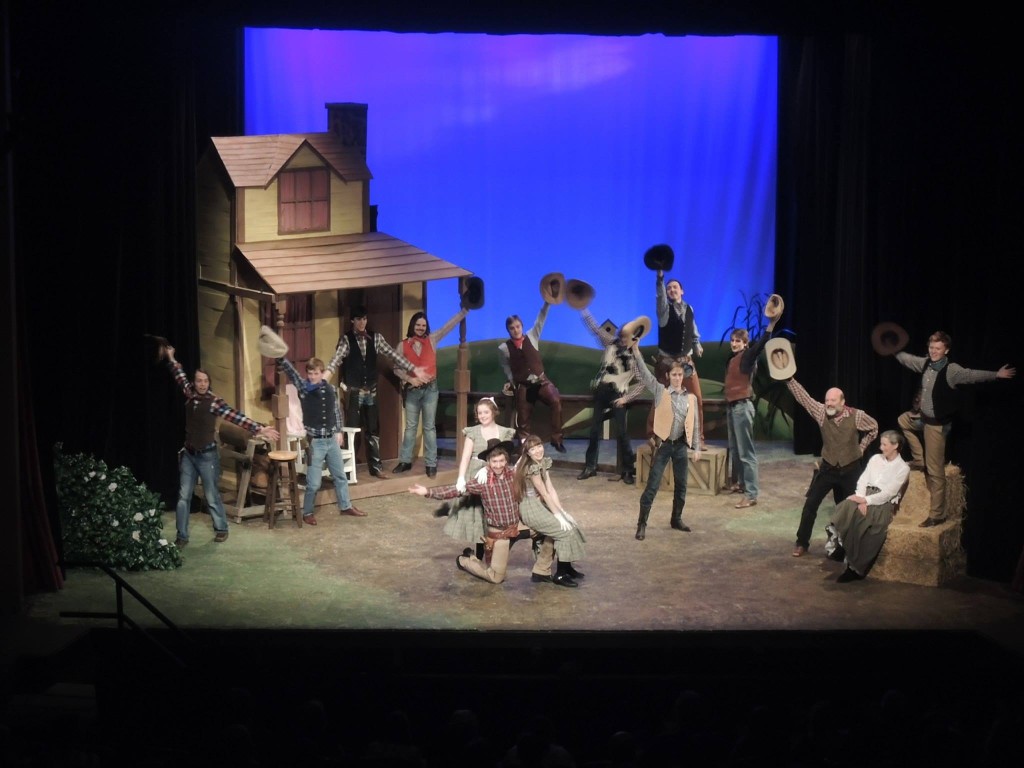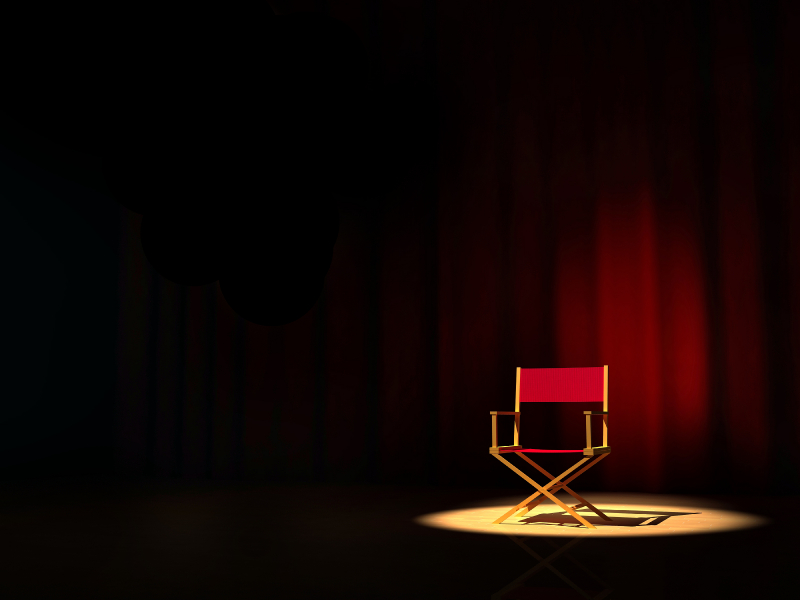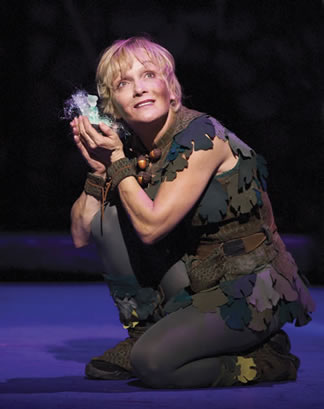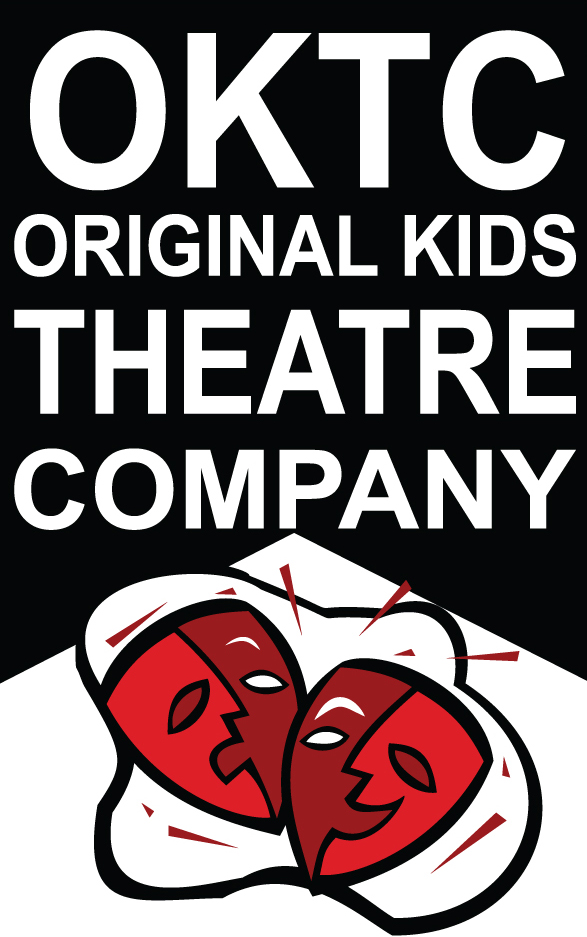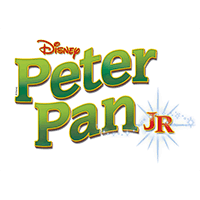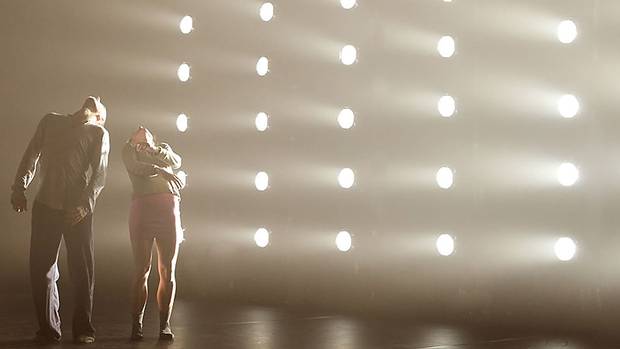I’ve been thinking about copyright and intellectual property for quite some time now… I create a great deal of things, on a regular basis, so I’m always thinking about how and where I receive inspiration.
Sometimes inspiration comes directly from the script or the music, sometimes from something entirely unrelated from the project, like a work of art, or something I’m reading. I once created a piece based upon the sculptures of Rodin – I started with just the shapes of his work, but I got so involved in his work that I went further and read about how and why he’d created those particular sculptures in the first place. The knowledge really fed into my creative process and helped me to realize the meaning and message of the completed piece.
So, when I’m creating something, who’s creation is it? OR, perhaps a better question would be, what percentage of the final piece is mine and what percentage belongs to my inspiration? OR, does it really matter? At the end of the day, I’ve created something entirely new that may then be of further inspiration to others and begat more work.
But, when it comes to who gets to control the piece/creation… there’s the question. If I’ve created something that was originally fed by a script, the choreography came from me (and possibly some research I may have done), but the story and the music is the intellectual property of those who originally wrote it. Do we now share this? Should we? How would that work?
As far as the companies who grant royalties are concerned, it belongs to the writers of the play – but they didn’t send the me the choreographic notes for the original production – I did that. They didn’t even provide a paragraph that described any choreography, and frequently the music changes and undergoes revisions over time, so I am left to do the homework to learn the music and decide what MY story will be in the choreography. So, I think that it belongs to me. Set to their music and story.
This is a question that I ponder frequently and I’ll continue to ponder it. I wonder what your thoughts are? Sure, we need to support and protect copyright, but with the advent of YouTube and other social media platforms, I feel there needs to be further exploration of who exactly owns what, and what can and can’t (should? shouldn’t?) be done with creative work.
Comment below with any ideas you have.

